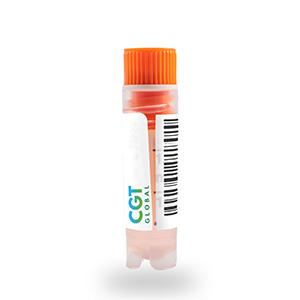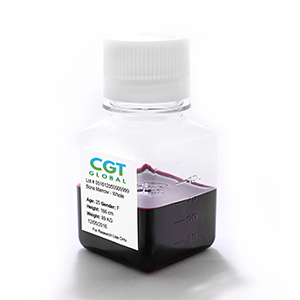Peripheral Blood Mononuclear Cells, Frozen
Peripheral blood mononuclear cells are separated from peripheral blood by apheresis. PBMCs are screened for the expression CD45 and checked for viability using flow cytometry. This highly pure population of cells makes them ideal for further isolations of specific cell types within the PBMC fraction.
Cells were obtained using Institutional Review Board (IRB) approved consent forms and protocols.
Since our founding in 2010, CGT Global has pursued our mission to transform healthcare as we accelerate cell and gene therapy research and clinical trials, streamline the commercialization of new treatments, and map the last mile to patient access to these life-changing remedies. By innovating each stage in the cycle; development, commercialization, and delivery, we reduce the overall cost of the care and multiply access points so that millions can receive cutting edge, life-saving gene and cell therapies.

Description
Peripheral blood mononuclear cells (PBMCs) are composed of lymphocytes (T cells, B cells, and NK cells), monocytes, dendritic cells, and stem/progenitor cells. These cells are critical components of the immune system and play key roles in the humoral and cell-mediated immune responses. PBMCs are commonly used in research and clinical applications in the areas of immunology, infectious disease, hematological malignancies, vaccine development, transplant therapy, and high-throughput screening.
Additional information
| Anticoagulant | |
|---|---|
| Format | |
| Grade | |
| Species | |
| Cell and Tissue Source | |
| Disease State | |
| Donor Attributes |



